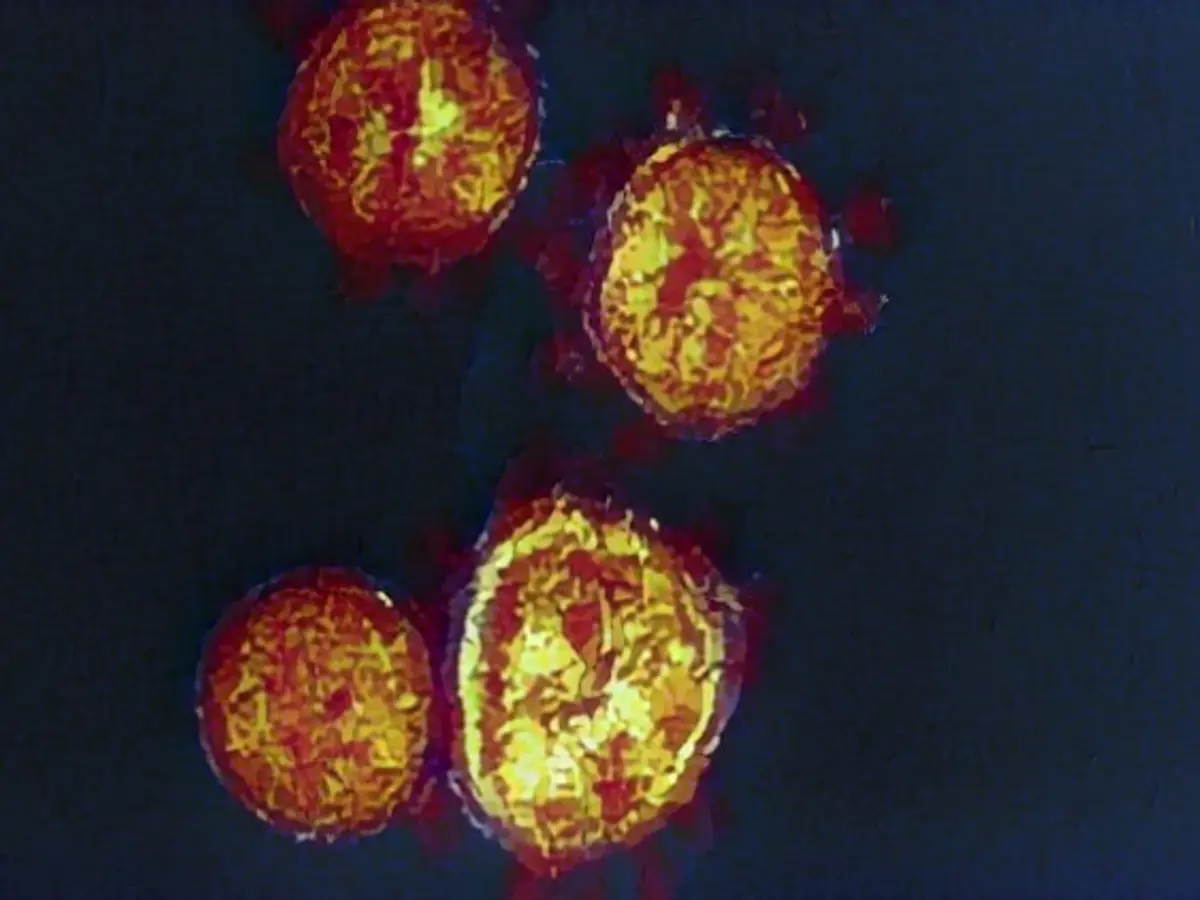New Omicron Subvariant Takes Center Stage in US Covid Cases
The coronavirus continues to evolve, spawning new variants like the recently surfacing HV.1. This new subtype of Omicron is currently causing a stir in the USA, making up the majority of COVID-19 cases across the country. Experts debate the potential arrival of HV.1 in Germany and discuss its potential danger level.
The American Health Association (AMA) Vice President, Andrea Garcia, recently expressed concern over the emergence of HV.1. After a few short weeks, the subtype has become the leading cause of COVID-19 infections in the USA. Since summer, HV.1 has been circulating within the U.S., eventually surpassing variants such as Eris (EG.5) in late October.
According to data from the Centers for Disease Control and Prevention (CDC), back in late July, HV.1 comprised only 0.5% of COVID-19 instances in the country. By September 30, this number had climbed to 12%, and by November, it accounted for over a quarter of all cases.
In terms of characteristics, infectiologist William Schaffner from Vanderbilt University likened HV.1 to "a grandson of Omikron." As per the CDC's Sars-CoV-2 lineage tree, HV.1 is a sublineage of Omikron XBB-1.9.2, effectively emerging as a direct descendant of Eris. However, it remains less threatening compared to Pirola and JN.1 due to its limited genetic alterations. Nevertheless, HV.1 appears to be propagating at an alarming pace.
The reason for HV.1's rapid ascent to prominence remains unclear. Dan Barouch, Director of the Center for Virology and Vaccine Research at Beth Israel Deaconess Medical Center in Boston, shared his thoughts with the New York Times, stating that researchers are yet to pinpoint the exact advantage of the new variant. Despite its minimal mutations, at least one additional alteration must have provided HV.1 an advantage, either increased transmissibility or enhanced immune escape.
Infectiologist Schaffner believes the advantage lies in the enhanced transmissibility, leading to its swift rise in popularity. While HV.1 surpasses EG.5 in terms of contagion, it is not clear if it is capable of escaping the existing immunity.
Symptoms of HV.1 appear similar to those triggered by newer variants, including sore throat, nasal congestion, cough, fatigue, headache, myalgia, fever, and chills. Possibly, the virus may trigger chronic bronchitis with a persistent cough, as well. However, there is no evidence that HV.1 leads to more severe illnesses or hospitalizations.
Preventive physician and medical journalist Dr. Christoph Specht views the new HV.1 variant through a less concerned lens. Even though US experts keep watchful eyes on HV.1, there is no pressing cause for major concern for citizens. According to Specht, the virus may eventually establish itself in Germany, much like other variants. Empirical evidence hints at the rapid spread and high transmissibility of the Omicron family. HV.1 being part of this lineage suggests that it may also evade immunity to some extent, although definitive data is unavailable at this time.
Currently available COVID-19 vaccines continue to provide protection against HV.1 according to infectiologist Schaffner. He adds that laboratory studies indicate the effectiveness of the updated booster vaccine against severe disease caused by HV.1.
Preparing for potential new subvariants requires vigilance. The coronavirus seems set to keep introducing new challenges to public health. While the efficacy of current vaccines against Omicron subvariants like HV.1 remains uncertain, ongoing research may give more insights into this area.




